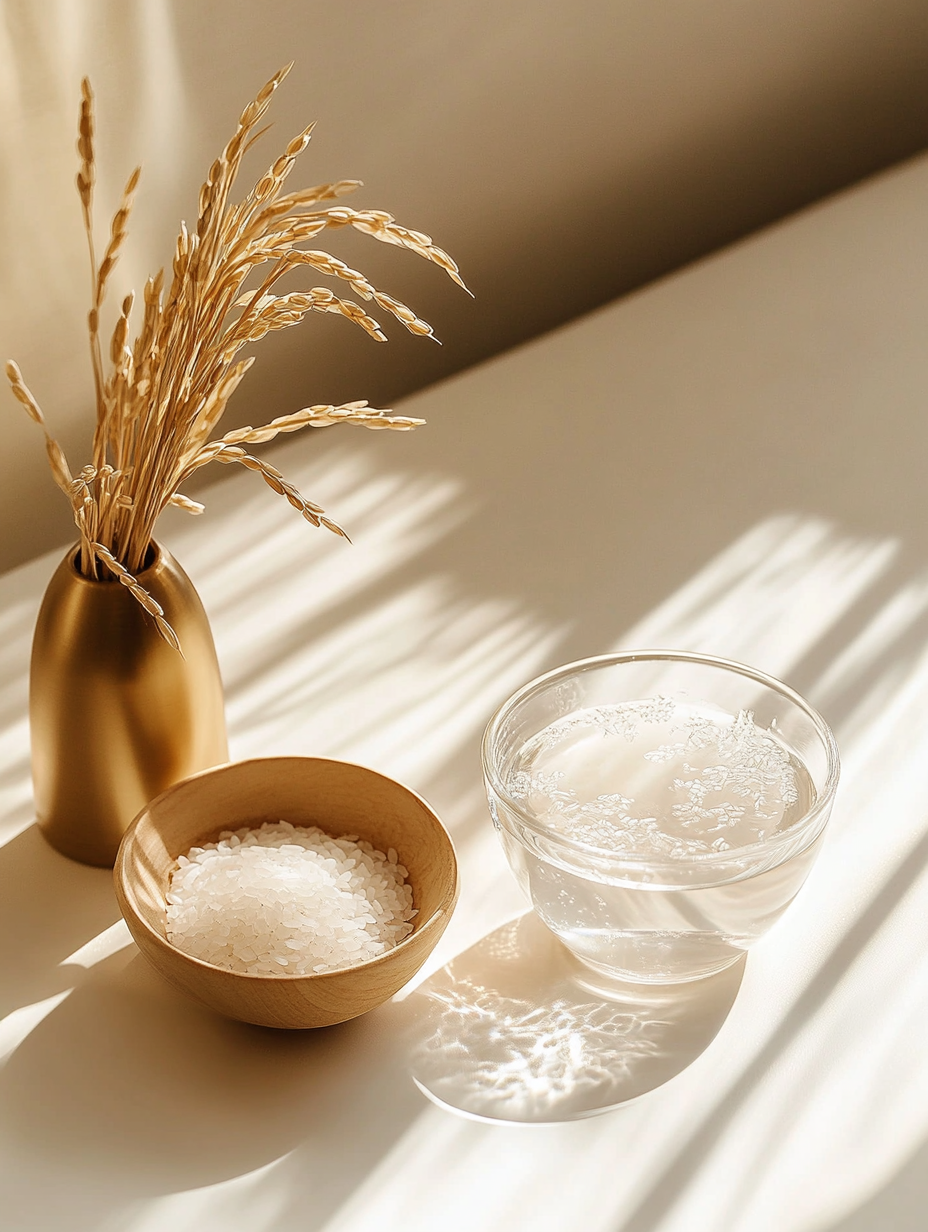American Skin Care vs. Korean Skin Care: How Ditching My Old Routine Saved My Skin

Switching skincare routines can be daunting, but sometimes it’s necessary for the health of your skin. This article explores the differences between American and Korean skin care, and how transitioning to a Korean skincare routine significantly improved my skin.
The Problem with American Skin Care
A Quick Fix Culture
American skincare often emphasizes quick fixes for blemishes using aggressive treatments like salicylic acid and benzoyl peroxide. These products promise fast results but tend to address symptoms rather than root causes, leading to a cycle of recurring skin issues.
Personal Journey with American Skin Care
As a teenager, I struggled with acne and turned to popular American skincare products. Despite initial improvements, my skin problems persisted. The harsh chemicals would dry out my skin, causing it to produce more oil, exacerbating the issue.
Discovering Korean Skin Care
Introduction to Korean Skin Care
My college friend introduced me to Korean skincare, which focuses on healing the skin barrier and preventing issues before they arise. This holistic approach emphasizes hydration and nourishment, contrasting sharply with the aggressive tactics of American skincare.
Key Principles of Korean Skin Care
Korean skincare revolves around the mantra “hydrate, moisturize, and replenish.” It uses gentle, nutrient-rich products designed to maintain a healthy skin barrier. Unlike American skincare, which often relies on strong acids, Korean skincare employs mild serums that address skin concerns without causing irritation.

Transitioning to a Korean Skincare Routine
Slow Implementation
Switching to a new skincare routine can be overwhelming. I gradually introduced Korean products into my routine, allowing my skin to adjust. This slow transition helped prevent any adverse reactions and allowed me to observe the benefits of each product.
Visible Results
Within two weeks of starting my Korean skincare routine, I noticed significant improvements. My acne subsided, my skin became more radiant, and I no longer experienced dry patches. My skin felt soft and bouncy, with a noticeable reduction in oil production and faster healing of blemishes.
Debunking Myths about Korean Skin Care
Myth 1: Korean Skin Care is More Expensive
While some believe Korean skincare is pricier, it’s not necessarily true. There are affordable Korean products that offer great value, often lasting longer than their American counterparts. Websites like Soko Glam provide a range of products for different budgets.
Myth 2: Korean Skincare Requires a 10-Step Routine
The misconception that Korean skincare involves a lengthy 10-step routine is outdated. Modern Korean skincare routines can be as simple as 4 to 6 steps, focusing on essential practices like double cleansing, toning, moisturizing, and occasional exfoliation.
Myth 3: Korean Skincare is Not Suitable for Oily Skin
Korean skincare caters to all skin types, including oily skin. It offers various products designed specifically to balance oil production without causing breakouts.
Myth 4: Moisturizers Will Make Oily Skin Break Out
Moisturizing is crucial for all skin types, including oily skin. Proper hydration helps balance sebum production, preventing the overproduction of oil and subsequent breakouts.
Myth 5: Korean Skincare Cannot Address Acne Without Harsh Chemicals
Korean skincare’s gentle approach can effectively manage acne without harsh chemicals. By focusing on healing and maintaining a healthy skin barrier, it prevents the irritation and inflammation that often accompany aggressive treatments.
Conclusion
Transitioning from an American to a Korean skincare routine transformed my skin. The gentle, holistic approach of Korean skincare helped me achieve clear, radiant skin without the constant cycle of breakouts and irritation. While this method may not work for everyone, it’s worth exploring for those seeking a sustainable, effective skincare routine.



Comments ()